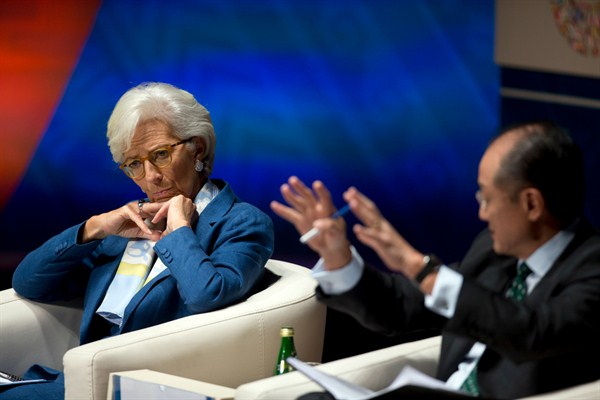Last month, the board of governors of the World Bank gathered for their annual meeting in Lima, Peru. To much fanfare, they released new data demonstrating that for the first time, the percentage of the global population living in extreme poverty—that is, on less than $1.25 a day—has dropped below 10 percent. The international community has much to celebrate with this achievement, but the work is not done. In fact, the remaining zones of abject poverty around the world are the toughest cases yet. They are often located in zones of habitual conflict where, repeatedly, the World Bank, the United Nations and other international institutions and global powers have struggled to implement durable solutions that balance security imperatives with development objectives.
In 1999, extreme poverty levels globally were upwards of 30 percent. The next year, the international community committed, through the U.N. Millennium Development Goals, to cut extreme poverty in half by 2015. Critical investments were made in education, health and social safety nets, which worked together to lift the extreme poor out of poverty around the world, while building a sustainable foundation upon which to keep them there. Far and away these efforts were the shining stars of the Millennium Development Goals, cutting extreme poverty down to an estimated 9.6 percent of the global population today.
But despite that progress, extreme poverty is still a daily reality for a large proportion of certain countries’ citizens, especially in Africa. Take Niger, which is facing increased security concerns on its borders from various external threats, including insecurity in Libya, spillover from the unrest in Mali and violent extremism in northeastern Nigeria. Niger’s government is forced to divert already limited resources for economic development to combat these security concerns, with clear economic consequences. Even in 2011, 41 percent of Niger’s population still lived in extreme poverty.

